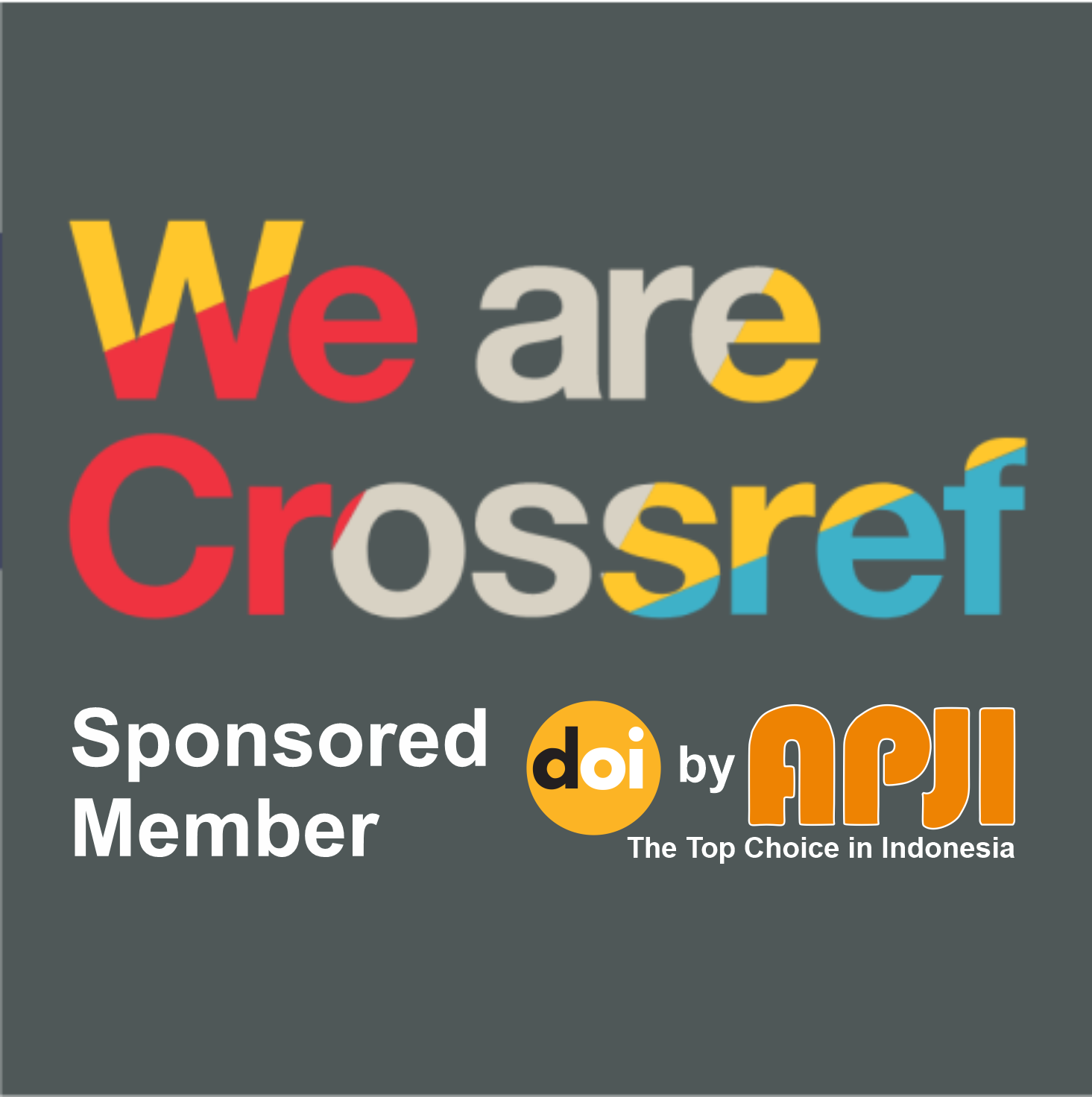The Role of Arabic in Strengthening Cultural and Religious Identity
Keywords:
Arabic Language, Cultural and Religious Identity, Islamic UnityAbstract
Arabic is a language that grows and develops in Arab countries, especially in the Middle East region. It is in essence the language of religion and the language of unity for Muslims around the world. It was in this language that the Qur'an, the holy book of Muslims, was revealed, and with it the Prophet Muhammad also carried out his duty of devotion to mankind. Therefore, in its development, Arabic was also named an international language by the United Nations on December 18, 1973 in recognition of its role and consistency as a language of culture and unity of the people. The coronation is also a sign that Arabic is also actively used as a regular communication medium in the association of nations at all levels. Therefore, Arabic cannot be separated from Islam, whose mission is to be a strength over the diversity of the ummah. In addition to being a life-regulation, it is also a guideline for modern civilization. This is seen vertically where the worship of a Muslim will not be valid if it is said other than in Arabic. And horizontally, Arabic becomes a language that has a noble diction of meaning and honors each other. Therefore, as long as the language becomes the obligatory language of a Muslim, it is undoubtedly its role as a unifying language and strengthening of brotherhood between individuals and groups.
References
Akib, N. (2016). Quraysh as the language of the Middle East unity. Al-MUNZIR, 1, 97–112.
Al-Fisyawi, M. B. (2002). Al-lughatul ‘Arabiyyah Bidayatan waNihayatan; Qiraatan FiKutubi At-Tarikh. Al-Azhar Al-Sharif: Islamic Research Academy General Department. Retrieved from H, 13.
Al-Ghalayin, M. (2005). Jami'ad-Durus al-'abiyah volume I. Beirut: Dar Al-Kutub Al-"ilmiyah, 200.
Asy'Ari, H. (2016). The peculiarity of Arabic as the language of the Qur'an. Nidhomul Haq: Journal of Islamic Education Management, 1(1), 21–28.
Harahap, A. S. (2021). Arabic, its origins, factors that influence its development and its characteristics. Hukumah: Journal of Islamic Law, 4(2).
Isnaini, R. L. (2018). Revitalizing the role of the Arabic language to address conflict in a multicultural perspective. Journal of Education Development: Foundations and Applications, 6(1), 15–26.
Nur, T. (2014). The contribution of Arabic to the Indonesian language in the perspective of language and cultural development. Humanities, 26(2), 235–243.
Turner, A. (2018). the urgency of the Arabic language; Arabic as a means of communication of the Islamic religion. Communicology: Journal of Communication and Social Science Development, 2(1).
Soekarba, S. R. (2019). Al-Arabiyyatu Bayna Yadaik (Analysis of Arabic Language Teaching in a Cross-Cultural Perspective). Indonesian Journal of Arabic Studies, 1(2), 64–92.
Subhi, A. A. (2007). Nazhariyyah al-Jalal: The Miracle of the Language of the Qur'an All the Time" in an interview by PSQ. Journal of Qur'an Studies, 2(2).
Wahab, M. A. (2014). The role of the Arabic language in the development of Islamic science and civilization. Arabiyat: Journal of Arabic Language and Arabic Language Education, 1(1), 1–20.
Downloads
Published
Issue
Section
License
Copyright (c) 2025 Nur Azizah, Mohammed Al-Harbi, Maxi Meliano (Author)

This work is licensed under a Creative Commons Attribution-ShareAlike 4.0 International License.














